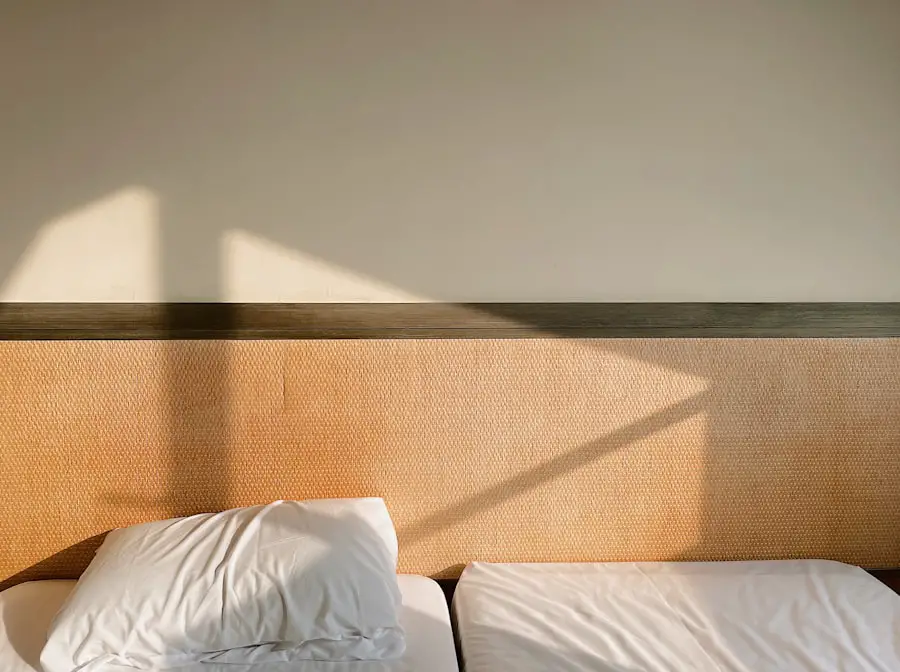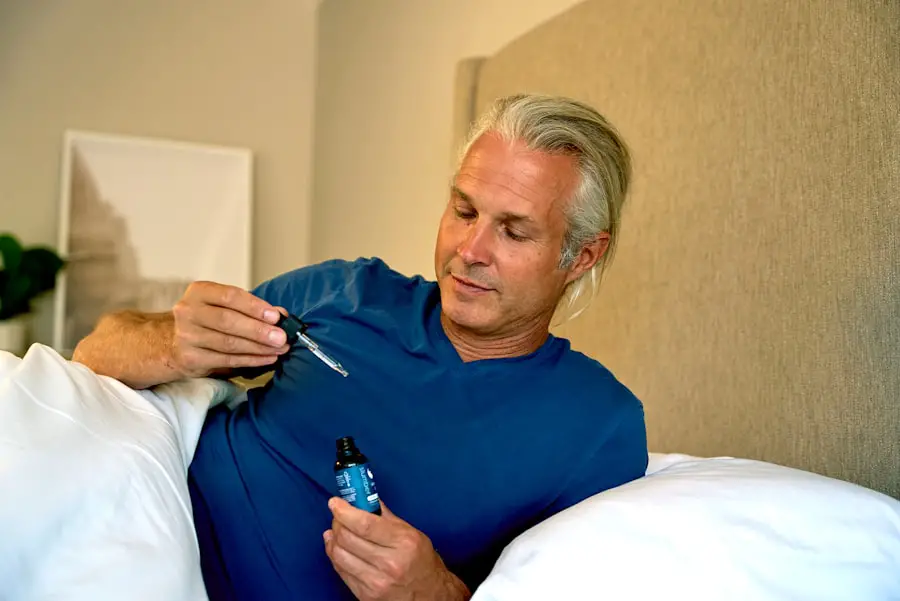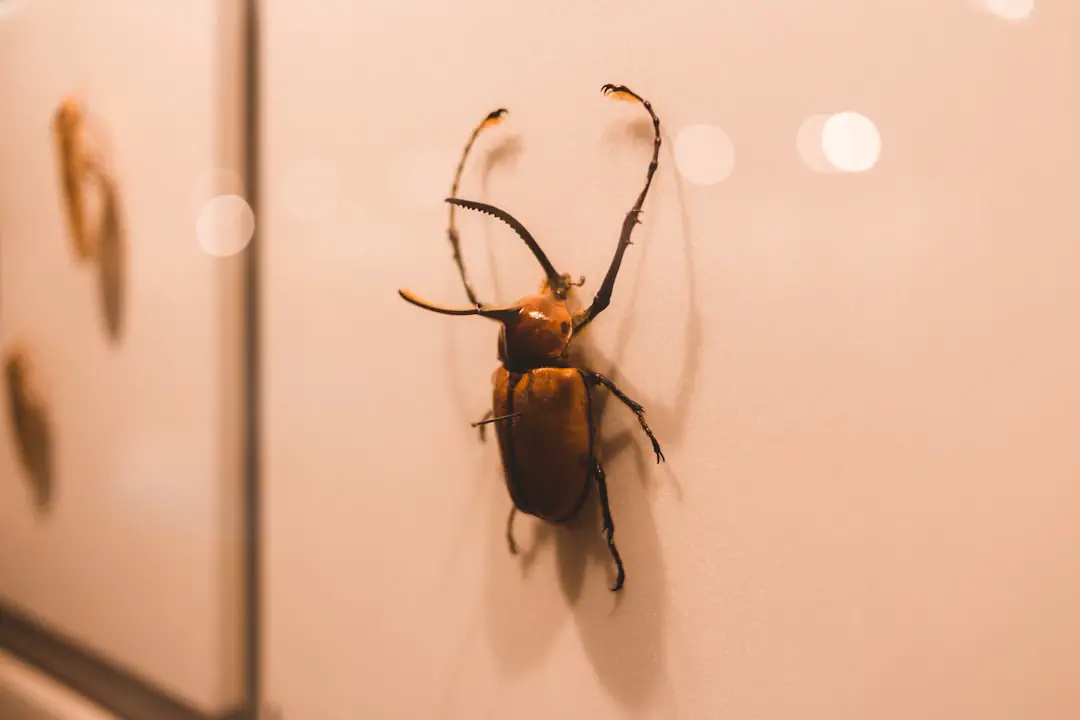The significance of inspecting hotel rooms for bed bugs cannot be overstated, especially in an era where travel is more accessible than ever. Bed bugs, small parasitic insects that feed on human blood, have made a notable resurgence in recent years, largely due to increased international travel and the movement of second-hand goods. These pests are not only a nuisance but can also lead to significant psychological distress and financial burden for those affected.
The potential for bed bugs to hitch a ride in luggage or clothing means that travelers must be vigilant in their inspections to avoid bringing these unwelcome guests home. Moreover, the presence of bed bugs in a hotel can tarnish the establishment’s reputation, leading to negative reviews and loss of business. For travelers, understanding the importance of inspecting hotel rooms is crucial for personal comfort and safety.
A proactive approach can prevent the discomfort associated with bites and the hassle of dealing with an infestation at home. By taking the time to inspect a room upon arrival, guests can ensure a more pleasant stay and protect themselves from the repercussions of a bed bug encounter.
Key Takeaways
- Inspecting hotel rooms for bed bugs is important to prevent bringing them home
- Common signs of bed bug infestations in hotel rooms include blood stains and musty odor
- Prepare for a thorough inspection by bringing a flashlight and a credit card to check for bugs
- Use a step-by-step guide to inspect the bed, furniture, and luggage rack for bed bugs
- If bed bugs are found, notify hotel staff immediately and request a different room
Identifying common signs of bed bug infestations in hotel rooms
Identifying the signs of bed bug infestations is essential for any traveler concerned about their accommodations. One of the most telling indicators is the presence of small, reddish-brown insects themselves, often found hiding in crevices or folds of bedding. Bed bugs are nocturnal creatures, making them elusive during daylight hours; however, their presence can often be detected through other means.
For instance, dark spots on sheets or mattresses may indicate bed bug excrement, which resembles tiny ink stains. Additionally, shed exoskeletons from molting bed bugs can be found in areas where they hide. Another common sign is the presence of bite marks on the skin, typically appearing as small, red welts that may be itchy and inflamed.
These bites often occur in clusters or lines, as bed bugs tend to feed in succession. Travelers should also be aware of any unusual odors in the room; a heavy, sweet smell can sometimes indicate a larger infestation. Recognizing these signs early can help mitigate the risk of bringing bed bugs home and ensure a more enjoyable hotel experience.
Preparing for a thorough inspection of a hotel room for bed bugs

Before embarking on an inspection for bed bugs, it is essential to prepare adequately to ensure a thorough examination. First and foremost, travelers should equip themselves with knowledge about what to look for and where to look. Familiarizing oneself with the physical characteristics of bed bugs and their typical hiding spots can significantly enhance the effectiveness of the inspection process.
It is also advisable to have a checklist handy to ensure that no area is overlooked during the inspection. In addition to knowledge, having the right tools can facilitate a more efficient inspection. A flashlight is invaluable for illuminating dark corners and crevices where bed bugs may hide.
A magnifying glass can help identify small insects or eggs that might otherwise go unnoticed. Furthermore, bringing along a pair of disposable gloves can prevent any potential transfer of bed bugs to personal belongings during the inspection process. By preparing both mentally and physically, travelers can approach their hotel room inspection with confidence and thoroughness.
Step-by-step guide to inspecting a hotel room for bed bugs
| Area to Inspect | Signs of Bed Bugs |
|---|---|
| Bed and Bedding | Reddish or rusty stains on sheets, mattress seams, or bed skirts |
| Furniture | Small dark spots (bed bug excrement) on upholstered furniture |
| Wall and Ceiling | Eggshells, shed skins, or live bed bugs in cracks and crevices |
| Electrical Outlets | Bed bugs hiding in electrical outlets or behind wall plates |
Conducting a step-by-step inspection of a hotel room for bed bugs involves several key actions that should be performed methodically. Begin by placing luggage and personal items on a hard surface, such as a desk or table, rather than on the bed or floor. This precaution minimizes the risk of inadvertently introducing bed bugs into your belongings.
Next, examine the bed itself, starting with the mattress and box spring. Carefully lift the mattress and inspect both sides for any signs of bed bugs, including live insects, fecal spots, or shed skins. After inspecting the mattress, turn your attention to the headboard and bed frame.
These areas are often overlooked but can serve as prime hiding spots for bed bugs. Use your flashlight to illuminate dark corners and crevices where these pests may be lurking. Following this, check other furniture in the room, such as nightstands, chairs, and dressers.
Pay particular attention to seams, joints, and any upholstery where bed bugs might hide. Finally, inspect the surrounding area, including baseboards and electrical outlets, as these locations can also harbor infestations.
Using tools and equipment to aid in the inspection process
Utilizing specific tools and equipment can greatly enhance the effectiveness of a bed bug inspection in hotel rooms. A high-powered flashlight is one of the most critical tools; it allows for better visibility in dark spaces where bed bugs are likely to hide. The use of a magnifying glass can also be beneficial when examining small areas or identifying eggs that are often less than a millimeter in size.
Additionally, having a pair of tweezers on hand can assist in safely removing any suspected insects or debris for closer examination. Some travelers may choose to invest in specialized bed bug detection devices that utilize heat or carbon dioxide to attract these pests. While these devices are more commonly used by pest control professionals, they can provide an extra layer of assurance for concerned travelers.
Furthermore, portable vacuum cleaners equipped with HEPA filters can be useful for capturing any live insects or eggs found during an inspection. By employing these tools effectively, travelers can conduct a more thorough examination and increase their chances of detecting any potential infestations.
What to do if bed bugs are found during the inspection

If bed bugs are discovered during an inspection, it is crucial to act promptly and decisively to mitigate any potential consequences. First and foremost, do not panic; while finding bed bugs is unsettling, there are steps you can take to address the situation effectively. The first action should be to avoid bringing any items into contact with infested areas; this includes luggage and clothing that may have been placed on or near the affected surfaces.
Next, notify hotel management immediately about the findings. Most reputable hotels have protocols in place for handling such situations and will likely offer you an alternative room or even assist with relocation to another hotel if necessary. It is essential to document your findings by taking photographs of any visible bed bugs or signs of infestation; this evidence may be useful if further action is required later on.
Additionally, consider contacting local pest control services if you suspect that you may have inadvertently brought bed bugs home with you.
Communicating with hotel staff about bed bug concerns
Effective communication with hotel staff regarding concerns about bed bugs is vital for ensuring a satisfactory resolution to any issues encountered during your stay. When addressing your concerns with management or front desk personnel, it is important to remain calm and composed while clearly articulating your findings. Providing specific details about where you found evidence of bed bugs will help staff understand the severity of the situation and respond appropriately.
In many cases, hotels will take immediate action upon being informed of a potential infestation; this may include sending maintenance staff to inspect the room further or offering you an alternative accommodation free from pests. It is also advisable to inquire about their pest control policies and procedures to gauge how seriously they take such matters. If you feel comfortable doing so, sharing your experience on review platforms after your stay can help inform future guests about your encounter while also holding hotels accountable for maintaining pest-free environments.
Preventative measures to take when returning home from a hotel stay
Upon returning home from a hotel stay, it is essential to take preventative measures to ensure that any potential hitchhiking bed bugs do not establish themselves in your living space. One effective strategy is to immediately isolate your luggage by placing it in a designated area away from bedrooms or common living spaces. This precaution minimizes the risk of transferring any pests into your home environment.
Next, thoroughly inspect all clothing and belongings before unpacking them. It is advisable to wash all clothing in hot water and dry them on high heat for at least 30 minutes; this process effectively kills any potential bed bugs or eggs that may have made their way into your garments. Additionally, vacuuming your luggage inside and out can help remove any stray insects or debris that may have clung on during your travels.
By taking these steps upon returning home, you can significantly reduce the likelihood of introducing bed bugs into your household.
Resources for reporting bed bug infestations in hotel rooms
Reporting bed bug infestations in hotel rooms is an important step not only for personal accountability but also for public health awareness. Various resources are available for travelers who encounter such issues during their stays. Many cities have local health departments that accept reports regarding pest infestations in public accommodations; contacting them can initiate an investigation into the establishment’s pest control practices.
Additionally, online platforms such as Bed Bug Registry allow travelers to report their experiences with specific hotels regarding infestations. This resource serves as a valuable tool for future guests seeking information about potential risks associated with particular establishments. Furthermore, sharing experiences on social media or travel review sites can raise awareness among other travelers while prompting hotels to take necessary actions against infestations.
Understanding the legal rights and responsibilities regarding bed bug infestations in hotels
Understanding legal rights and responsibilities concerning bed bug infestations in hotels is crucial for both guests and hotel operators alike. In many jurisdictions, hotels are legally obligated to provide safe accommodations free from pests like bed bugs; failure to do so may result in liability for damages incurred by guests due to infestations. This liability could encompass medical expenses related to bites or psychological distress caused by an infestation.
Guests also have responsibilities when it comes to reporting infestations promptly and providing evidence when necessary. Documenting findings through photographs or written accounts can strengthen claims against hotels if legal action becomes necessary due to negligence on their part regarding pest control measures. Familiarizing oneself with local laws surrounding tenant rights can empower travelers when addressing issues related to bed bug infestations.
Tips for preventing bed bug infestations in your own home after a hotel stay
Preventing bed bug infestations at home after returning from a hotel stay requires vigilance and proactive measures. One effective strategy involves regularly inspecting your living space for signs of these pests even after travel; this includes checking bedding seams, furniture joints, and baseboards for any unusual activity or evidence of infestation. Early detection is key in preventing an outbreak within your home.
Additionally, maintaining cleanliness throughout your living environment can deter potential infestations from taking hold. Regular vacuuming and washing bedding at high temperatures will help eliminate any stray insects that may have made their way into your home after travel. Consider using protective encasements on mattresses and box springs as an added layer of defense against potential infestations; these encasements create barriers that prevent bed bugs from accessing sleeping areas while also making it easier to spot any signs of activity should they occur.
By implementing these strategies and remaining vigilant after traveling, individuals can significantly reduce their risk of encountering bed bug infestations within their homes while enjoying peace of mind during future travels.
When traveling, it’s important to be vigilant about potential pests like bed bugs in hotel rooms. One helpful article on how to inspect hotel rooms for bed bugs can be found here. In addition to checking for bed bugs, it’s also essential to pack the right gear for your trip, such as a travel fishing rod (source) and odor-resistant merino wool travel socks (source). By being prepared and informed, you can ensure a comfortable and bug-free travel experience.
FAQs
What are bed bugs?
Bed bugs are small, reddish-brown insects that feed on the blood of humans and animals. They are typically found in and around sleeping areas, such as beds and sofas.
Why is it important to inspect a hotel room for bed bugs?
Inspecting a hotel room for bed bugs is important because these pests can easily hitch a ride on your luggage and clothing, leading to an infestation in your home. Additionally, bed bug bites can cause itching, discomfort, and in some cases, allergic reactions.
How can I inspect a hotel room for bed bugs?
To inspect a hotel room for bed bugs, start by checking the mattress, box spring, and headboard for signs of bed bug activity, such as live bugs, shed skins, and fecal spots. You should also inspect the seams and crevices of furniture, as well as behind picture frames and electrical outlets.
What should I do if I find bed bugs in my hotel room?
If you find bed bugs in your hotel room, notify the hotel staff immediately and request a different room. It’s important to avoid moving to a room adjacent to the infested one, as bed bugs can easily spread to neighboring rooms.
Can I prevent bringing bed bugs home from a hotel?
To prevent bringing bed bugs home from a hotel, inspect your luggage and clothing before leaving the hotel room. Additionally, consider using a luggage liner and keeping your suitcase off the floor and bed during your stay. Upon returning home, inspect your luggage and wash your clothing in hot water to kill any potential bed bugs.
